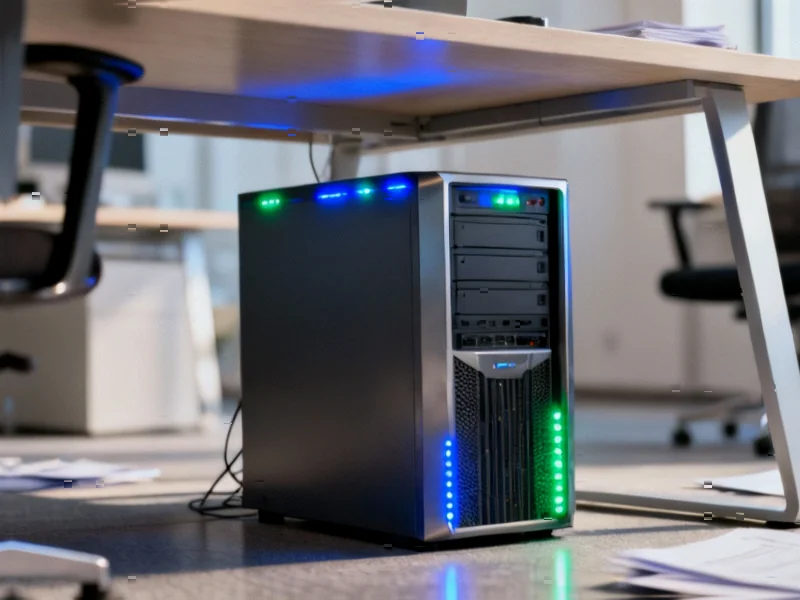According to Phoronix, the Linux 6.19 kernel will finally support Intel’s Content Adaptive Sharpness Filter (CASF) specifically for Lunar Lake processors through Intel’s open-source compute runtime. The patches also enable Intel Xe driver support for mapping DMA-BUFs via IOV interconnects, allowing more efficient buffer sharing between different system components. These graphics driver improvements are timed for Intel’s upcoming Lunar Lake mobile processor launch later this year. The changes represent significant progress in Linux graphics support for modern Intel hardware. The CASF implementation follows Intel’s existing sharpening filter technology but adapts specifically to Lunar Lake’s architecture. These enhancements should provide better visual quality and performance for Linux users on next-generation Intel systems.
What This Actually Means
So what is CASF anyway? Basically, it’s Intel’s smart sharpening filter that analyzes content and applies sharpening where it’ll actually make a difference. Think of it as making images and videos look crisper without over-sharpening everything and creating ugly artifacts. The “content adaptive” part is key here – it’s not just slapping a sharpening filter on everything indiscriminately.
Now, the DMA-BUF mapping via IOV interconnects might sound like pure tech jargon, but here’s the thing: it’s actually pretty important for performance. This allows different parts of the system – like the GPU, display controller, and media engines – to share memory buffers more efficiently. Less copying data around means better performance and lower power consumption. For mobile devices like Lunar Lake laptops, that power efficiency really matters.
Why This Took So Long
You might wonder why we’re only seeing this support now when Intel’s had sharpening filters in their Windows drivers for ages. Well, Linux graphics support has always been a bit of a catch-up game. The open-source driver developers need access to hardware specifications, and there’s always a lag between when Intel designs new features and when the Linux community can implement them.
And let’s be honest – Intel’s been playing catch-up in the GPU space for years. They’re finally taking their Linux support seriously as they compete more directly with AMD and NVIDIA. These patches coming in for Lunar Lake before the hardware even launches? That’s actually pretty impressive timing for the Linux world.
The Bigger Picture
What’s really interesting here is that Intel seems to be treating Linux as a first-class platform for their graphics ambitions. With Lunar Lake being a major architectural shift and Intel pushing hard into the AI PC space, they can’t afford to have subpar Linux support. Gamers, developers, and creators are increasingly using Linux, and they expect good out-of-the-box experiences.
I think we’re seeing Intel recognize that Linux users are an important market segment, not just an afterthought. As Michael Larabel at Phoronix has documented extensively through his coverage, the gap between Windows and Linux graphics performance has been narrowing significantly. These latest patches are another step toward closing it completely.
So while CASF support might seem like a small feature, it’s part of a much larger trend. Intel is building a comprehensive graphics stack on Linux that can actually compete with their Windows offerings. For Linux users who’ve suffered through years of subpar Intel graphics, that’s pretty exciting news.




